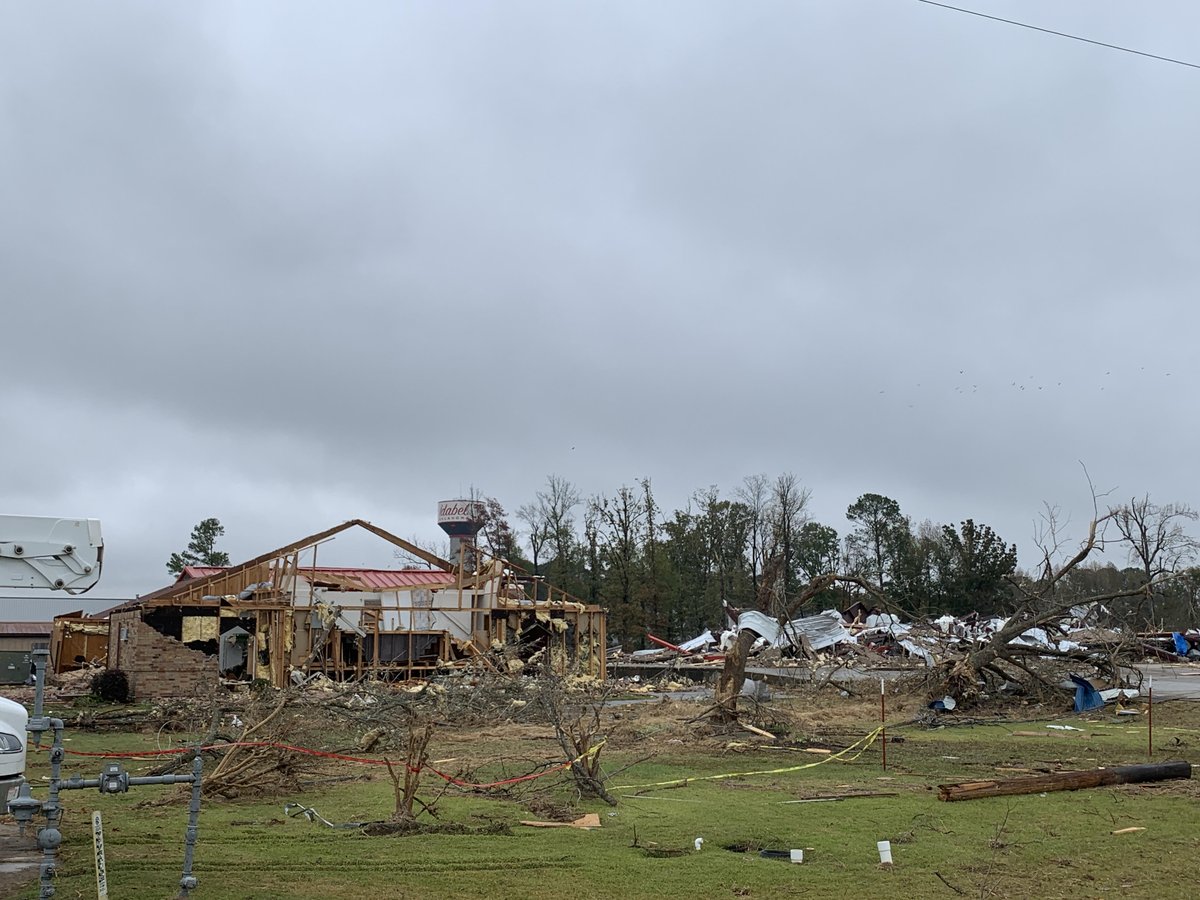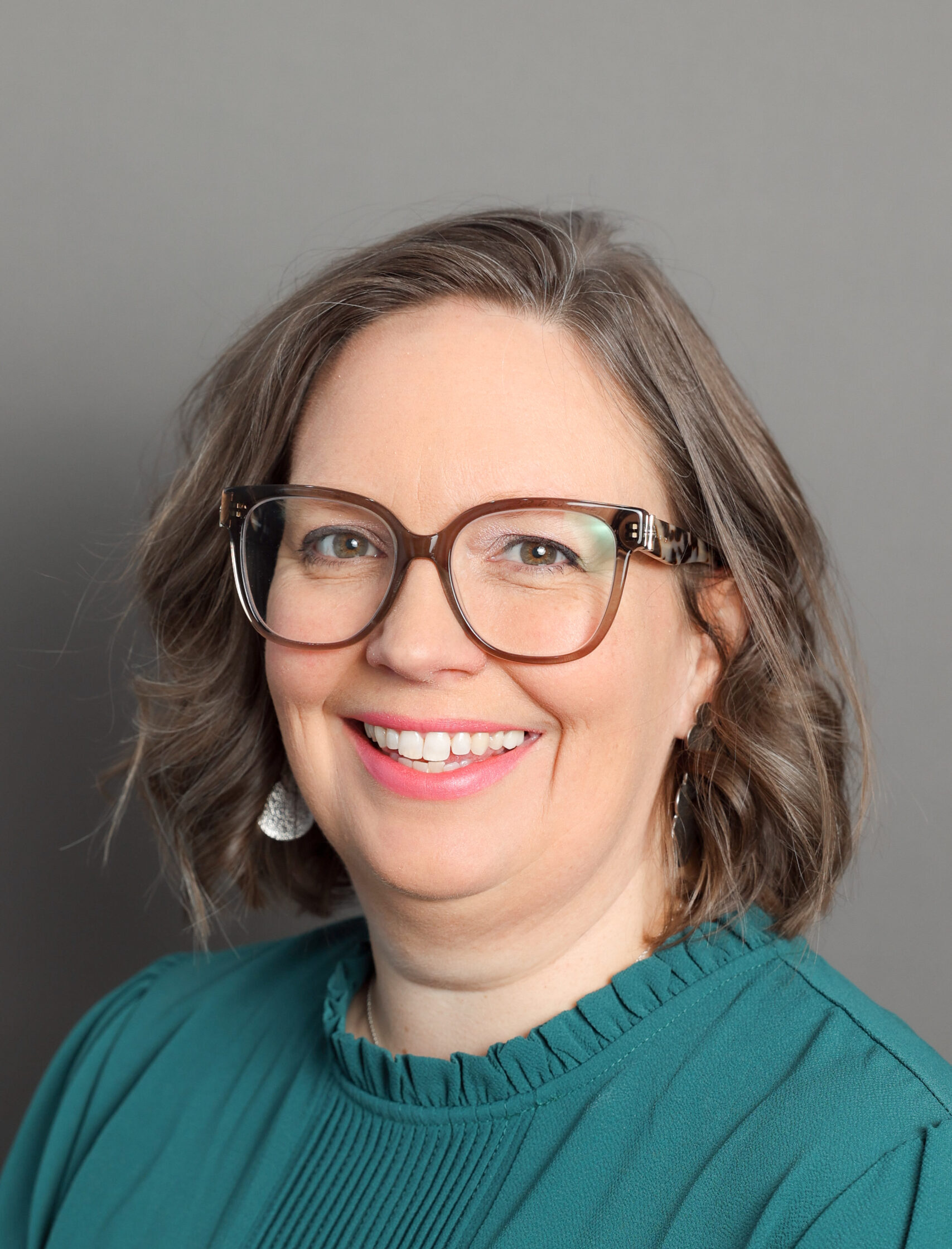Rural recovery: Oklahoma and beyond

CDP’s Domestic Funds and Midwest Early Recovery Fund grantmaking teams often collaborate as we engage with communities, make grants, and connect community organizations with resources and expertise. We’ve used funding from the Midwest Early Recovery Fund, the CDP Disaster Recovery Fund and the CDP Tornado Recovery Fund to do critically important work together in Oklahoma.
Recently, I had the opportunity to travel with Sally Ray to Oklahoma to visit grantee partners and learn about recovery needs after 2022 and 2023 tornadoes, severe storms and flooding. Sally and I shared a bit about this trip in a recent blog post: Community + collaboration = Equitable recovery for all.
In this post, I’d like to share more about what I learned in Oklahoma and how that is informing our planning for future grantmaking and engagement there and in other rural communities impacted by 2023 tornadoes.
Materials, labor and transportation
A consistent theme in many communities engaged in recovery is the increasing cost and decreasing availability of materials, transportation and skilled labor. As long-term recovery groups and coalitions gather in communities, disaster case management reviews and verifies cases and then brings these recovery needs to the table. But it is becoming increasingly difficult to fund projects to completion.
Another barrier is finding skilled contractors willing and able to travel to rural communities and take on projects that may pay less when there is a demand to build new homes in more populated areas.
In Oklahoma, we heard about the challenges of balancing the desire to work toward sustainable, affordable homeownership options for rental and manufactured home communities with the limited resources available to meet specific disaster-related needs, primarily for homeowners. There are groups doing incredible work stretching dollars, identifying and securing resources, and thinking about equitable, holistic recovery. There are also conversations throughout the U.S. among disaster recovery organizations, planning for future disasters by building skilled labor through vocational training and warehousing for donated goods.
As grantmakers, we are factoring the increasing material, transportation and labor costs into grant budgets. We are looking for creative ways to connect grantee partners for strategic collaborations and sharing of resources. Moving forward, we are planning additional conversations with our grantee partners and others in the sector to discuss approaches that meet immediate, disaster-caused needs and address the systemic challenges and root causes behind these needs.
Supporting leadership: Combining energy, talent and expertise
The Midwest Early Recovery Fund has identified five key challenges faced by communities affected by low-attention disasters. During early recovery, the transition period from response to recovery, communities often struggle to:
- Translate the highly complex system of disaster recovery into actionable steps.
- Coordinate survivor information and ensure equitable distribution of resources from multiple agencies.
- Identify and secure sufficient resources to address the unmet needs of those most vulnerable to the impact of disasters.
- Develop and sustain mid- to long-term recovery efforts.
- Meet the unique needs of children post-disaster.
These challenges, while nuanced in each community, can be met when there are supported leaders working together towards a common goal.
In Oklahoma, we met different types of leaders. Community members with energy and passion, advocating for their neighbors and making sure that recovery moves forward. We met government, business, faith, nonprofit and philanthropy leaders, investing their talent and resources to help communities recover. And we met experts, who travel the state and region, assisting communities to translate the complexities of recovery and meet the spiritual and emotional care needs of adults, youth and children.
Sally and I are thinking about how we intentionally support these leaders, whether they have a formal leadership position or represent their community or specific populations within the community. Our grantmaking includes capacity building funds which allow organizations to add staff members and access software, equipment and training. Through funding and technical assistance, grantee partners have opportunity to connect with experts who can provide training and support through an approach grounded in cultural humility and a community-centeredness.
Ideal funders: Relational, flexible connectors
Sometimes funders are scary. They ask lots of questions. They want grantee partners to collect data they will never use and require complicated applications and reports. Often, they want to fund programs and fund them as lean as possible, not considering the total cost of operating a nonprofit. These funders can put up barriers that cause inequitable distribution of resources, especially after disasters.
After a disaster, timelines and deadlines are fluid, needs are changing, and plans are evolving. Funders should be as flexible as possible in providing resources.

In Oklahoma, we met with three community foundations: The Tulsa Community Foundation (TCF), the Oklahoma City Community Foundation (OCCF) and the Communities Foundation of Oklahoma (CFOK). These place-based funders consistently work toward being relational, flexible and supportive of community needs.
While operating within the structures and policies of their organizations, the staff we met are working to engage with and fund communities across Oklahoma impacted by disaster, address root causes of vulnerability, and create spaces for conversations about disaster vulnerability and risk reduction. They are thinking about housing, education, physical and mental health, equity, and all the intersecting issues exacerbated by disaster. We applaud these organizations and are eager to continue our partnership and conversation with them.
At CDP, through our grantmaking, we model this type of relational, flexible and connective grantmaking. You can learn more about our grantmaking process and principles and how our grantee partners perceive our work. We are constantly learning and evaluating our process and engagement. Part of this method is being in community and listening to leaders talk about what works and doesn’t work for them.
On this trip, we heard, not for the first time, that a one-year timeline is often not enough. However, community-based organizations often express the difficulty, within the disaster context, of thinking about their needs beyond the one-year mark. This affirmed our approach to regularly checking in with grantee partners, having conversations about how their needs have evolved and adapting with them over time.
These needs are not unique to Oklahoma or rural communities. I traveled to Gaylord, Michigan, another rural community impacted by a tornado one year ago, where CDP provided expertise and funding as a collaboration between our ERF and domestic teams. There, community leaders reflected on the initial response to the tornado and all the work done over the past year to meet needs, provide assistance and leadership, and prepare for future disasters. And we discussed the work that was still left to be done, the community members that had not yet had their homes restored, the ongoing need for wellness support and the windows that are opening to move the community toward thriving.
We will continue to support communities in Michigan, Oklahoma, Kentucky, Mississippi, Missouri, Arkansas and beyond with funding, connection, expertise and compassion, and we invite you to join us.
